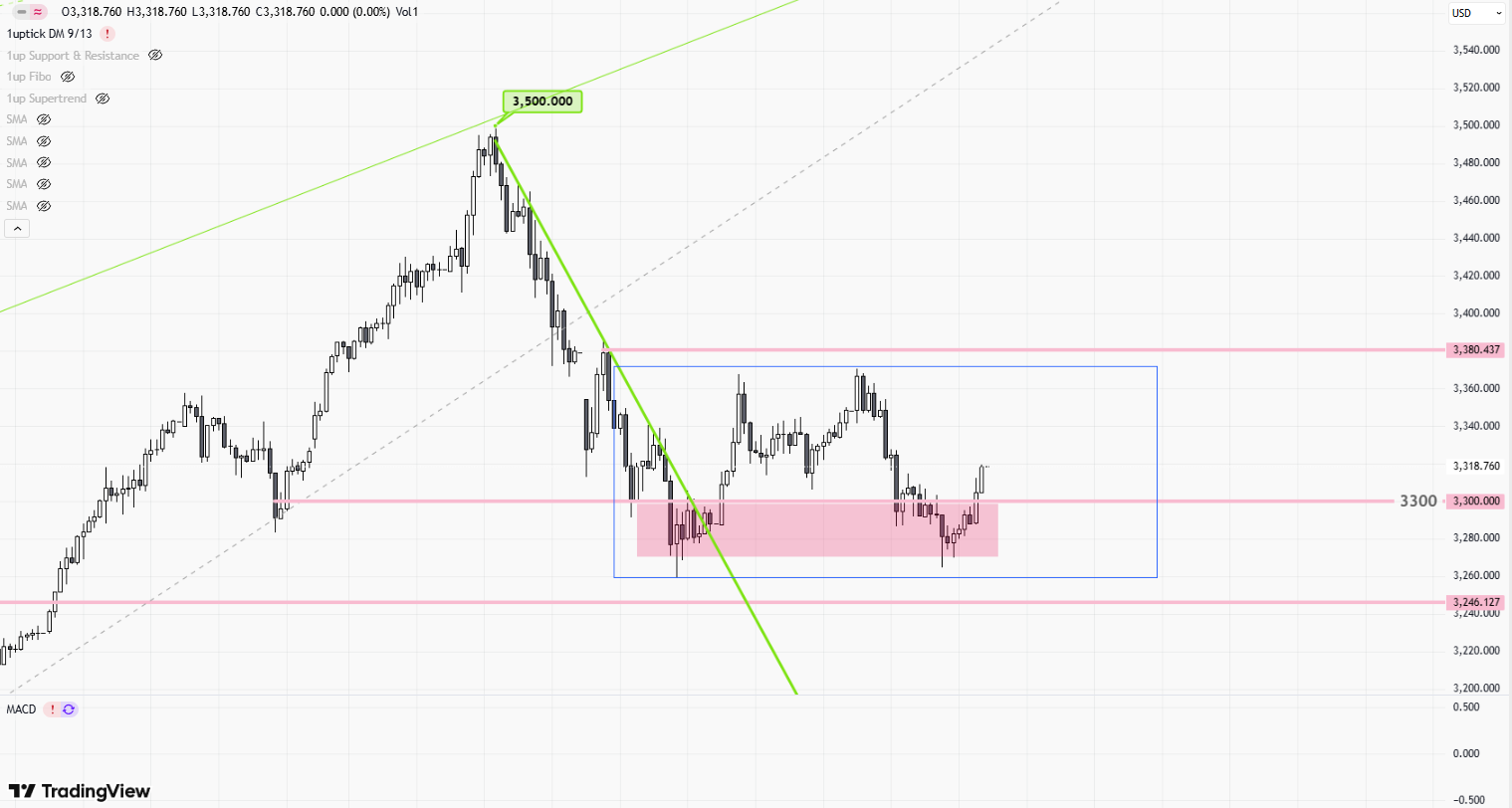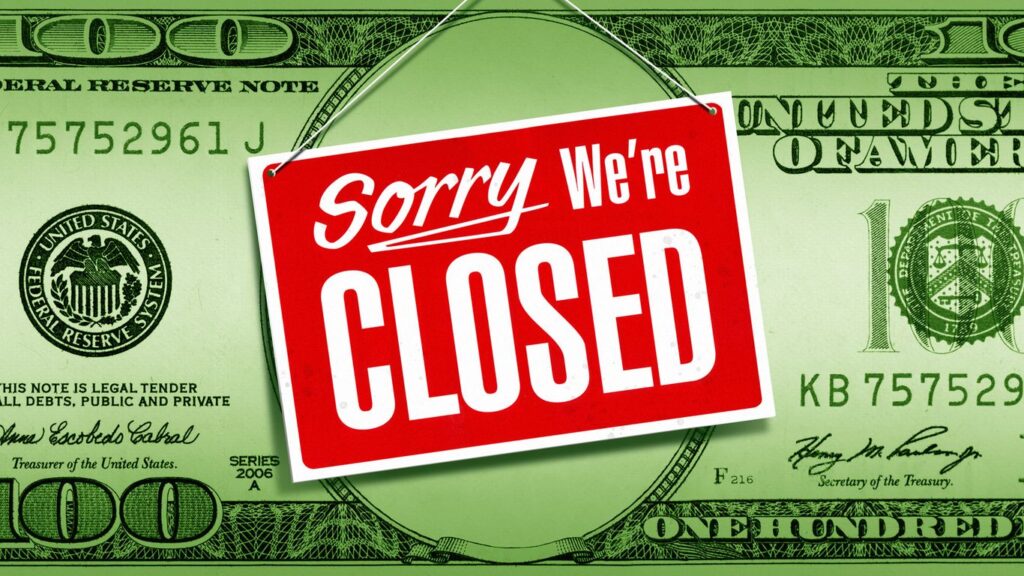 |
| Gold V.1.3.1 signal Telegram Channel (English) |

Gold Prices Retreat as Easing U.S.-China Trade Tensions Dampen Safe-Haven Demand
2025-04-26 @ 15:33
On Friday (April 25), spot gold prices gave back their gains from earlier in the week, bringing an end to the recent rebound. By the New York market close, gold was trading at $3,287.70 per ounce, down $85.90, or 2.55%, from the previous session. During the day, prices dipped to a low of $3,264.20 and recovered briefly to a high of $3,373.60. With no fresh triggers for safe-haven demand, profit-taking pressure weighed heavily on the market.
Recently, gold’s rally had pushed prices to a record high of $3,506. However, Friday’s retreat was largely driven by growing optimism over improving U.S.-China trade relations, which dampened demand for safe-haven assets. Reports from Beijing suggested that China is considering pausing additional tariffs on some U.S. imports, easing concerns about escalating tensions between the two countries. Meanwhile, in Washington, President Trump indicated that talks with several major trade partners were making progress, stabilizing risk sentiment and sparking a rebound in U.S. equities. As a result, capital flowed out of gold.
A stronger dollar also added pressure to gold. The U.S. Dollar Index (DXY) climbed to 99.47, nearing the key psychological level at 100, while the yield on 10-year U.S. Treasuries rose back to 4.84%. This helped draw investors back to interest-bearing assets, making gold comparatively less attractive. In addition, recent hawkish comments from Federal Reserve officials, highlighting the need to stay vigilant on inflation, further delayed market expectations of a rate cut, dragging on gold’s short-term performance.
From a technical standpoint, the break below $3,300 triggered a wave of automated selling and long positions being closed, amplifying the downward move. If prices fail to hold above $3,260, the next support zone could be tested between $3,200 and $3,220. Although the short-term trend has weakened, gold remains within its broader monthly trading range.
There has also been a noticeable shift in market sentiment. According to a Kitco survey, both retail and institutional investors have become less bullish following this week’s pullback. Nevertheless, some institutions still maintain a positive outlook for gold over the medium to long term. TD Securities noted that while short-term profit-taking could weigh on prices, the ongoing trend of central banks buying gold and persistent geopolitical risks should provide support. JPMorgan, on the other hand, continues to forecast gold reaching $3,675 by the end of 2025, and mentioned that if the Fed starts an easing cycle next year, gold could even move toward the $4,000 mark.
Looking ahead to next week, market attention will center on whether the U.S. April core PCE inflation reading exceeds the expected 2.8% annual pace, as well as how the dollar performs. A decisive move above 100 in the Dollar Index could once again rattle the gold market. Additionally, any developments in U.S.-China trade negotiations, particularly around tariffs or formal agreements, could trigger short-term volatility in gold prices.
In short, while gold’s near-term momentum has turned bearish, the longer-term structural drivers remain intact. Analysts recommend keeping a close eye on the $3,260 support level and watching for potential buying interest from major central banks on pullbacks. Over the longer term, factors such as a fragmented global currency landscape and central banks’ efforts to diversify away from the U.S. dollar are expected to continue lending support to gold prices.


![[Daily Closing 🔔] Gold – Gold Price Outlook: Impact of U.S. Jobs Data and China-U.S. Trade Relations on Global Spot Gold Trends](https://int.1uptick.com/wp-content/uploads/2025/05/2025-05-03T061704.162Z-file-1024x567.png)
![[Daily Closing 🔔] Gold – Gold Prices Slip Amid Volatility on Thursday as Stronger U.S. Dollar Weighs on Market](https://int.1uptick.com/wp-content/uploads/2025/05/2025-05-02T053426.282Z-file-1024x571.png)
![[Daily Closing 🔔] Gold – Gold Prices Slip as Stronger U.S. Dollar and Easing Safe-Haven Demand Weigh on Market](https://int.1uptick.com/wp-content/uploads/2025/05/2025-05-01T045328.050Z-file-1024x576.png)
![[Daily Closing 🔔] Gold – Gold Prices Slip as Markets Await Key U.S. Economic Data Release](https://int.1uptick.com/wp-content/uploads/2025/04/2025-04-30T071609.409Z-file.jpeg)


